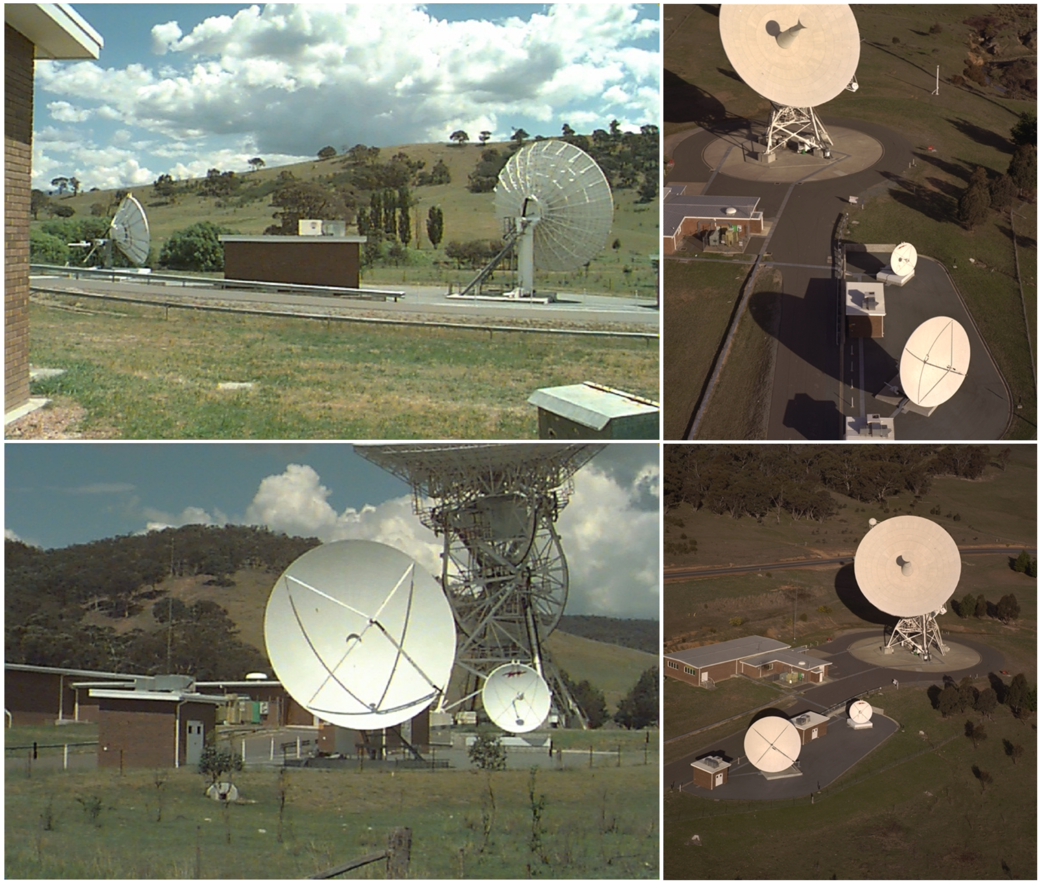
The Gamma Ray Observatory Remote Terminal System (GRTS) was operational. After the recorders failed onboard the Compton Gamma Ray Observatory (CGRO) in 1992, engineers tried to find solutions to minimize further data loss. Engineers looked to the Deep Space Network complex in Canberra, Australia to locate new TDRS antennas. Equipment was transferred from other facilities and hardware was bought using off the shelf designs. As the building was underway, TDRS-1 was drifted over the Indian Ocean in late 1993. When the system was completed, TDRSS had worldwide coverage. CGRO scientists saw a 30% increase almost overnight. The real time data also identified a unique science opportunity since gamma ray bursts could be disseminated quickly to science observatories on the Earth (and space) enhancing science observations. This approach was used in a number of future gamma ray missions including SWIFT and GLAST. GRTS paved the way for permanent worldwide TDRS coverage. This station was subsequently modified to close the ZOE for the Space Shuttle.
› New Operations For Compton Gamma Ray Observatory› “Read You Loud and Clear!”, The Story of NASA’s Spaceflight Tracking and Data Network (PDF)› SCaN History of the 1990’s


























